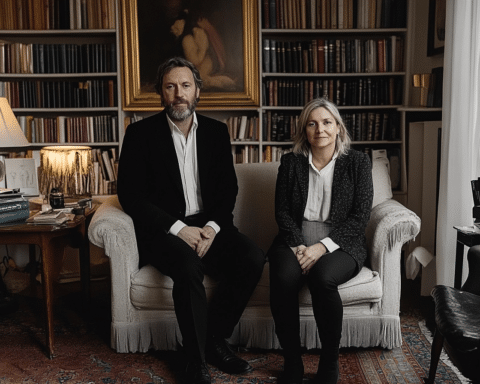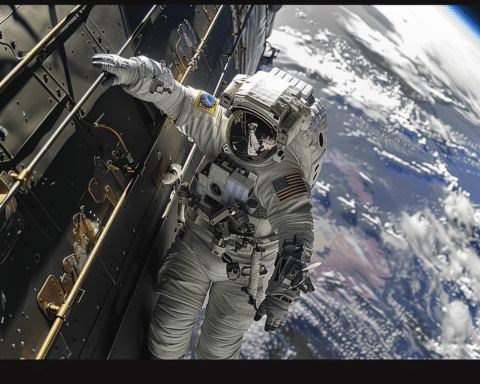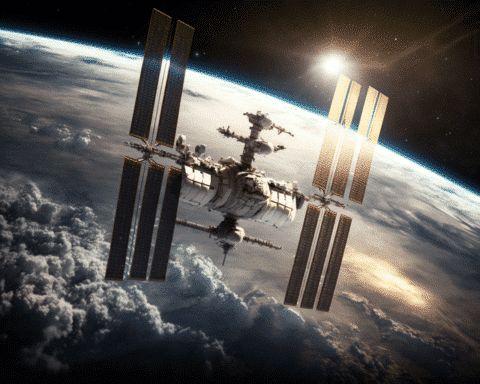For decades, the remote Kazakh Steppe has been a silent witness to one of humanity’s greatest achievements—space travel. While the spectacle of rockets roaring into the sky has captivated millions, photographer Andrew McConnell found himself drawn to an equally profound yet overlooked aspect: the quiet, unceremonious return of astronauts to Earth.
“I was fascinated by this obscure yet extraordinary event,” McConnell shared. His curiosity led him to document the lives of astronauts and local Kazakh communities whose worlds intersected in the vast expanse of this “portal to space.”
A Photographer’s Journey
In 2015, McConnell embarked on his first trip to Kazakhstan, camping with ground crews near the Baikonur Cosmodrome. This iconic facility, the launch site of Sputnik and Yuri Gagarin, has long symbolized the USSR’s dominance in space exploration. After NASA retired its Space Shuttle program in 2011, Soyuz spacecraft became the sole link to the International Space Station (ISS).
McConnell’s goal was to capture the immediate aftermath of astronauts’ landings. However, what struck him most wasn’t the astronauts but the unexpected arrival of locals who traveled miles to witness these landings. “This little car drove up, weaving through Russian Air Force helicopters,” he recalled, marveling at how these ordinary people were connected to an extraordinary event.
Two Worlds Collide
McConnell’s photo book, Some Worlds Have Two Suns, offers a unique perspective, juxtaposing the lives of astronauts with those of nomadic Kazakh villagers. In one striking image, a young girl climbs a fence fashioned from space debris—a symbol of how these two worlds coexist yet remain worlds apart.
“The astronauts are modern-day nomads,” McConnell observed. “It’s extraordinary how these vastly different lives converge in this remote steppe.” His images blur the boundaries between Earth and alien worlds, evoking a sense of otherworldliness and curiosity.
The Changing Role of Baikonur
The Baikonur Cosmodrome, a Cold War relic, remains a testament to Kazakhstan’s pivotal role in space exploration. Yet, as McConnell noted, “investment isn’t there anymore.” With SpaceX’s Crew Dragon and Boeing’s Starliner redefining space travel, the reliance on Soyuz missions has diminished.
Russia now operates a similar facility in Siberia, signaling the gradual obsolescence of Baikonur. For McConnell, this decline marks the end of an era. “This place where it all began will fade—and that’s part of the story too.”
A Portal to Space and Time
Through his lens, McConnell captures more than just space travel; he reveals a narrative of coexistence, innovation, and change. His work reminds us that the Kazakh Steppe is not merely a gateway to the stars but a bridge between two vastly different worlds.
As humanity continues to reach for the cosmos, the steppe stands as a silent testament to our shared journey—a landscape where the past and future collide.




